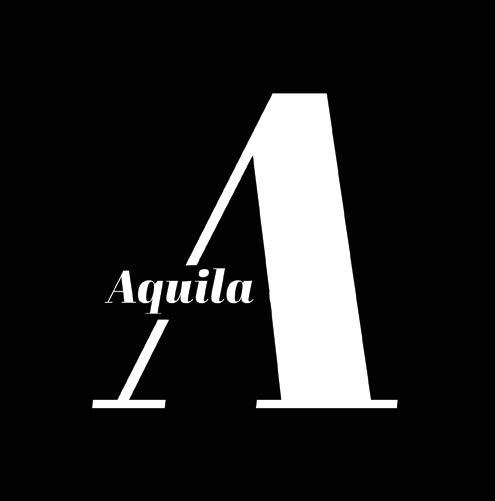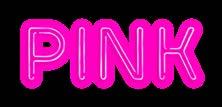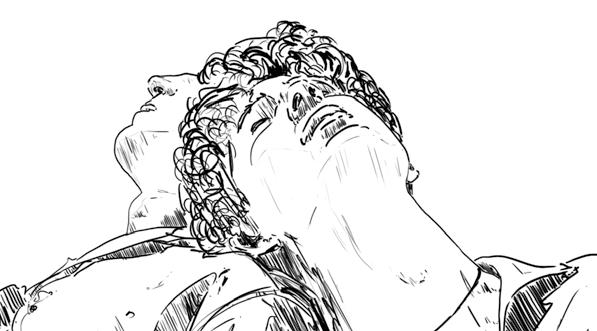
8 minute read
Social Stigma of Tattooing
One very popular way of dealing with dyslexia is trying out and using different fonts. There are even different types of special ‘dyslexia fonts’. The one I have had experience with is the ‘dyslexie font’. This was designed by a dyslexic man named Christian Boer when he was at university in Holland. After designing his own typeface, Boer, aged 36 said:
“Traditionally in typeface design, there are ‘rules’ that say it is best to make the letters as uniform as possible, if you make the arch of an “h” the same as an “n”, it produces a typeface that is clean and quiet for ordinary readers. For me, these letters become three-dimensional so you can turn them around and they begin to look alike. What I wanted to do was slap these 3D letters flat”.
Advertisement
The font includes letters with different shaped bumps and sticks, so dyslexics do not muddle them up. Another strategy that has been found to help many people with dyslexia is the use of coloured paper, glasses or overlays. I am not someone who uses these things; however, I have encountered people who do. Professor John Stein from the University of Oxford found that using blue or yellow colours can help the two thirds of dyslexics who experience blurring and moving words on a page. This is due to the colours allowing people to have better visual motion sensitivity and eye-control, meaning that they can focus on the important things that they are reading without being distracted by other things.
The second type of boundary that I mentioned dyslexics have to overcome is the one which people aren’t really warned about when they get diagnosed. It comes with almost everything that makes an individual stand out or differ from the crowd, and that is ‘judgement’. I am aware that I could be generalising when I say that “no-one understands dyslexia”, and I am positive that there will be numerous people reading this who either have dyslexia or are, in fact, very aware of how it affects people. But this part of my article is mainly aimed at those people who do not understand dyslexia. When I started off by doing some basic research on dyslexia and people’s opinions about it. I came across one question on ‘The Student Room’ which was asking people whether they thought dyslexics should be allowed extra time in exams. Whilst I am not usually someone to get angry over small things, especially when they come from people I do not know, some of the responses to that question made me want to throw my laptop across the room. I know that ‘extra time’ is often a big factor in people’s negative opinions about dyslexia, and I can see why those who are not educated about dyslexia might consider it to be unfair, but in reality it is fair, and there is research behind it.
Extra time isn’t just given out to everyone, students have to have evidence of their diagnoses and also evidence that we need and have used extra time throughout our schooling. There are also instances where extra time gets taken away if it isn’t needed. Although I have attempted to explain myself here, ironically, I don’t see why people with dyslexia have to explain themselves to everyone who thinks that the assistance they get is not needed. These are the type of boundaries that can limit dyslexic people. There is nothing worse than trying to work before an exam to prepare and having people saying to you, ‘but you’ll be ok - you have extra time’. Those extra ten to fifteen minutes do not invalidate the need to revise or to work hard. We have to work just as hard, if not harder, than everyone else.
When I said that dyslexia teaches resilience, this is what I mean. People with dyslexia have to be tough, and have to be able to face judgements. I also know that as much as I want to, there is no need to get angry about people who do not understand dyslexia, this is for two reasons. Firstly, we have to understand that not everyone is educated about such issues, and what they know may just be what others have told them and so they have developed an opinion based on hearsay and we cannot fault them for that, merely strive to educate them. Secondly, there is no need to get angry, because we cannot change the fact that we have dyslexia. We cannot remove dyslexia so there is no use in getting upset about it and giving up on school. We have to keep pushing forwards when we may be a bit behind, and find our own ways of getting through it, which may seem hard, but in the long run I have found that it aids selfconfidence and the belief in myself that I can do whatever I put my mind to. For me, I almost see myself as having a responsibility, we have to help people who may not understand what things are like for us, by informing them of what it is like, and how our lives are different to theirs.
Hopefully these examples have given you a bit more of an insight into what boundaries dyslexics face, boundaries which are not always listed on our educational psychologist reports, but ones which we are introduced to as we grow up with the label of dyslexia. Dyslexia itself is not a boundary, it is a door which opens up a new way of looking at and approaching tasks, a door which gives us endless opportunities and a door which makes us different...in the best way possible! So, in conclusion, dyslexia does not have to be a boundary, it does present us with our fair share of them, but I see dyslexia as a good thing. We can learn lessons from our struggles which we can keep for life, such as resilience and, in the words of this year’s Prefect Initiative, knowing that you are limitless and that you can do anything you want to, even if there are obstacles in the way, it is your drive which will get you there.
THE SOCIAL STIGMA OF TATTOOING: FROM GANGS TO COSMOPOLITAN CULTURE
The stigma of having a tattoo is still prominent within society today… surprising given that four billion people within the world now have a tattoo, which equates to 57% of the global population. Not only this, but the practice of tattooing is an ancient art and part of special cultural significance for many indigenous peoples. It fascinates me how divided the world still is about the simple tattoo.
The most prominent forms of tattoo disapproval lie within Asian communities, especially within South Korea where tattooing is illegal. Their controversial history with tattooing has led to the belief that tattoos are considered to be for antisocial individuals who go against social norms, like criminals, gang members and juvenile delinquents. Yet such illegalities have not stopped tattoo artists within South Korea from having small businesses, or individuals who remained determined to ink-up despite the strong social stigma and illegal prospects, utterly rejecting the South Korean social standards of conformity. The contentions that face those who are “inked” not only mean that they are socially placed as criminals or vandals, but also mean that they run the risk of being jailed for their works of art.
Jay Park is one such individual sending shockwaves through the Korean and American music scenes, but also creating animosity due to his heavily inked skin. Not only is he heavily accomplished, but he has also taken the tattooing ground by storm due to his unconventional ideas on the correlation between music and tattoos. With music videos that regularly feature his collection of body art. Park regularly comes under the stigmatised crossfire of South Korea’s social aesthetic norms. This has, according to Park himself, changed the way his fan base perceive him: “My family really dislikes it [tattooing], but my older fan base would bash me because, way before, it was linked to being in the mafia. But with Korean TV, they just blur it out anyway…”
Within South Korea, national television streaming has banned the use of tattoo on screens and so Park’s tattoos are always blurred in his videos, performances and interviews.
Although many western societies are returning towards an idealistic version of traditional tattooing practices, there is a new branch of tattooing emerging rapidly through social media. Celebrity tattooists are now receiving fame and recognition, filling their diaries with appointments made by those who want the be worked on by the same artist as their idols. Ed Hardy, for example, has made himself a cool $250 Million whilst Keith “Bang Bang” McCurdy has left his tattooed mark on the likes of Rihanna and Lenny Kravitz. Their following has grown throughout the past decade, it highlights the growing movement and blend of tattooing and social media.
Yet even the elite culture of tattooists that has grown on social media is not enough to eradicate all negative attitudes towards body art. Even within the UK today, tattooed individuals still face prejudice within the workplace. A 2014 study found that hiring managers are still concerned about visible tattoos when selecting employees for interview and a subsequent 2015 study found that customers still display signs of ‘aversion’ to front-ofhouse staff members with visible ink.
For me, tattooing will always be a piece of art, an act of self -expression, not of self-sabotage. As society delves further into the world of tattooing in the future, one must question the significance tattooing has within our culture and how we can improve acceptance and understanding. Not only can it add interest and artistic flair onto our bodies, but also reference heritage, culture and history within us.
I Hunter, Assistant Editor






